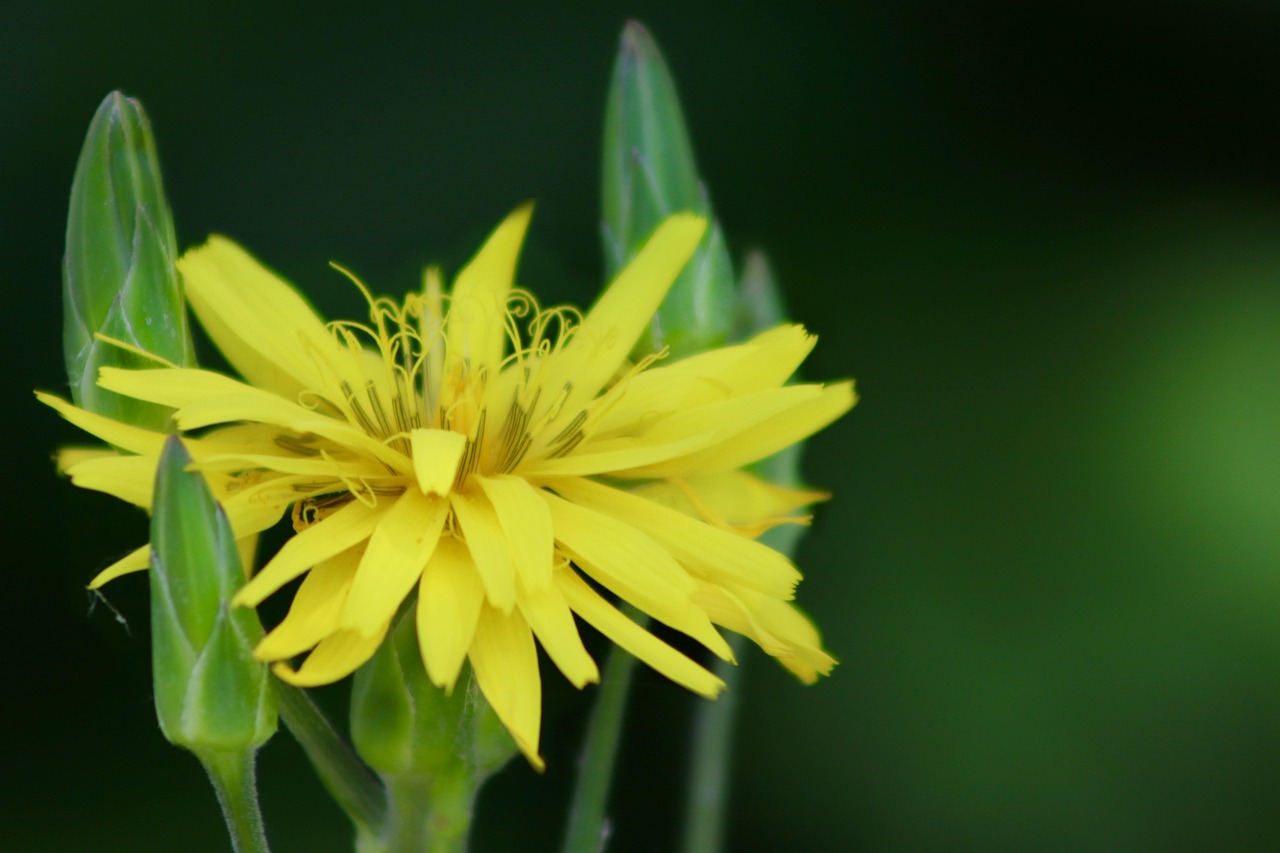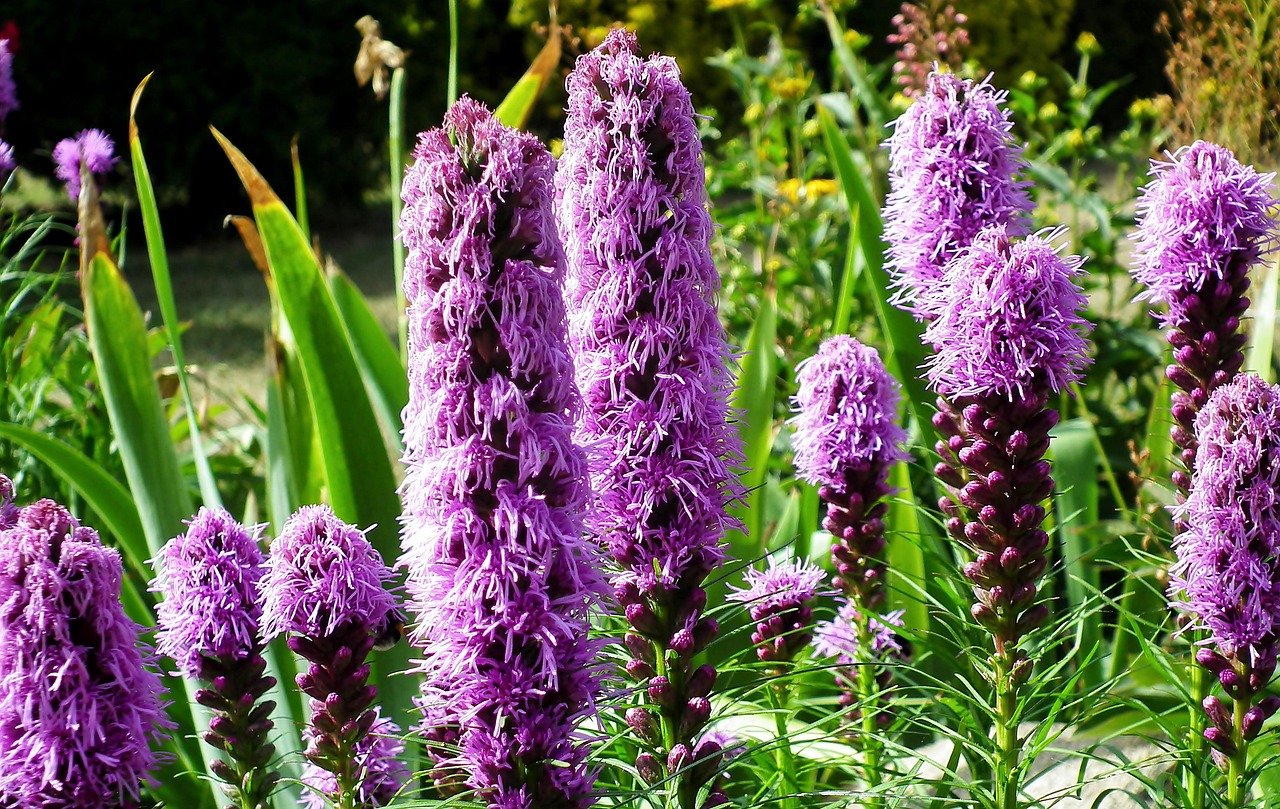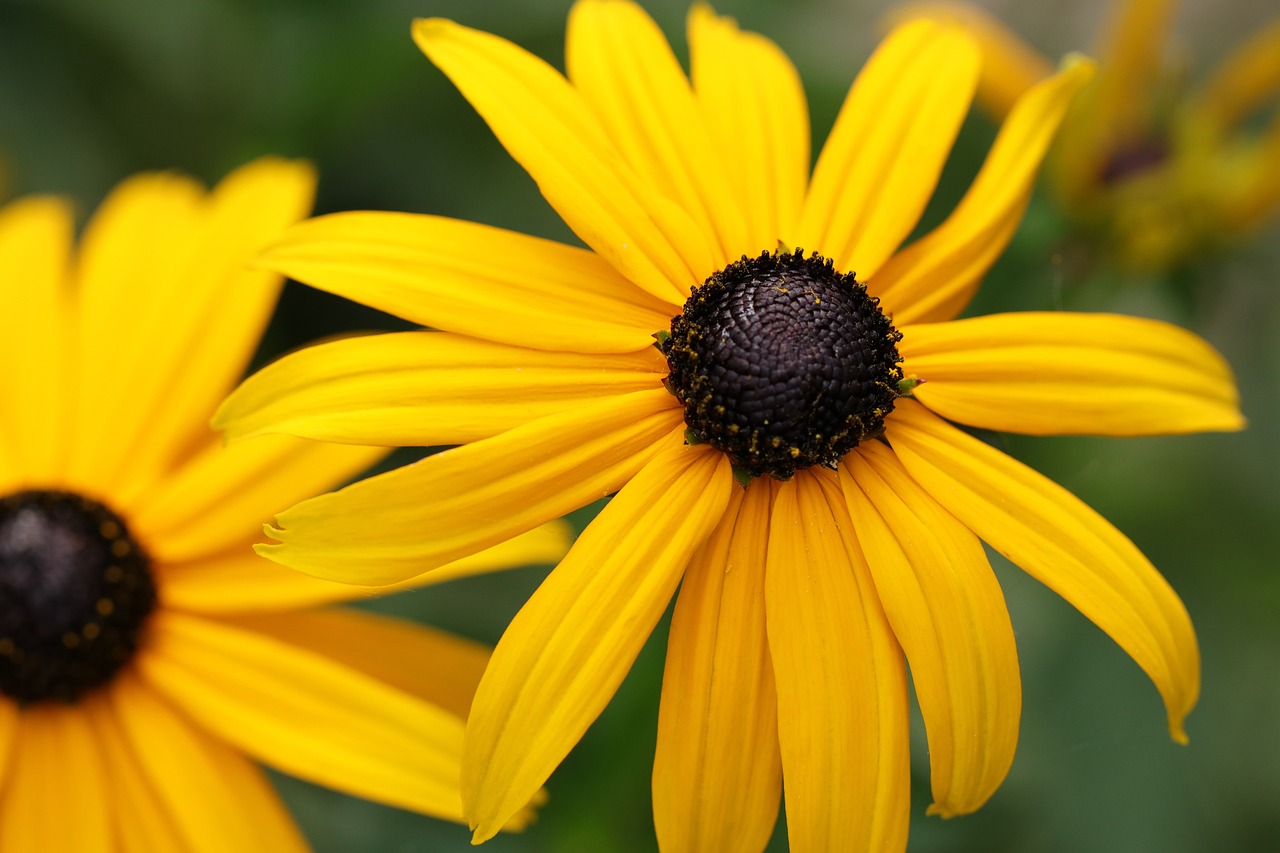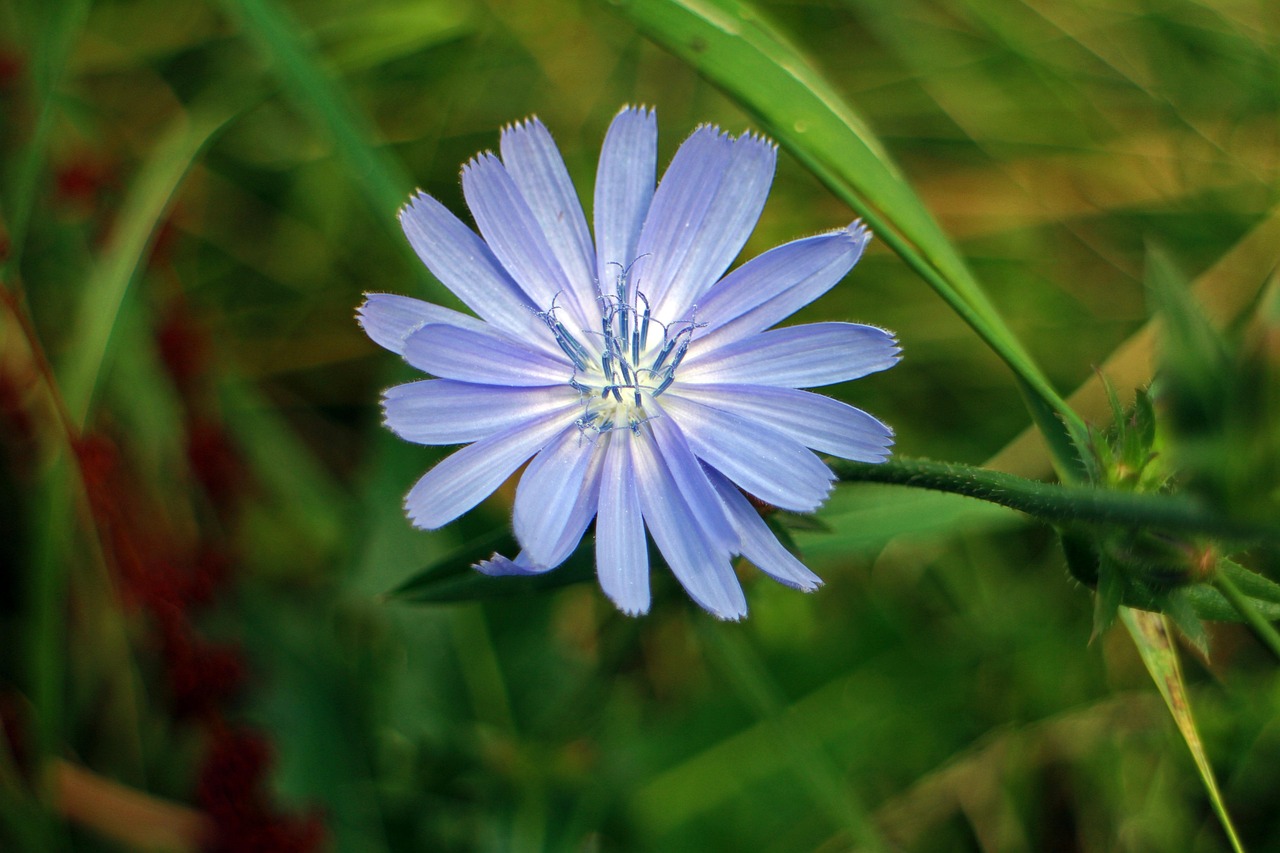Osteospermum | A Flower of Color That Opens in the Sun, Native to South Africa
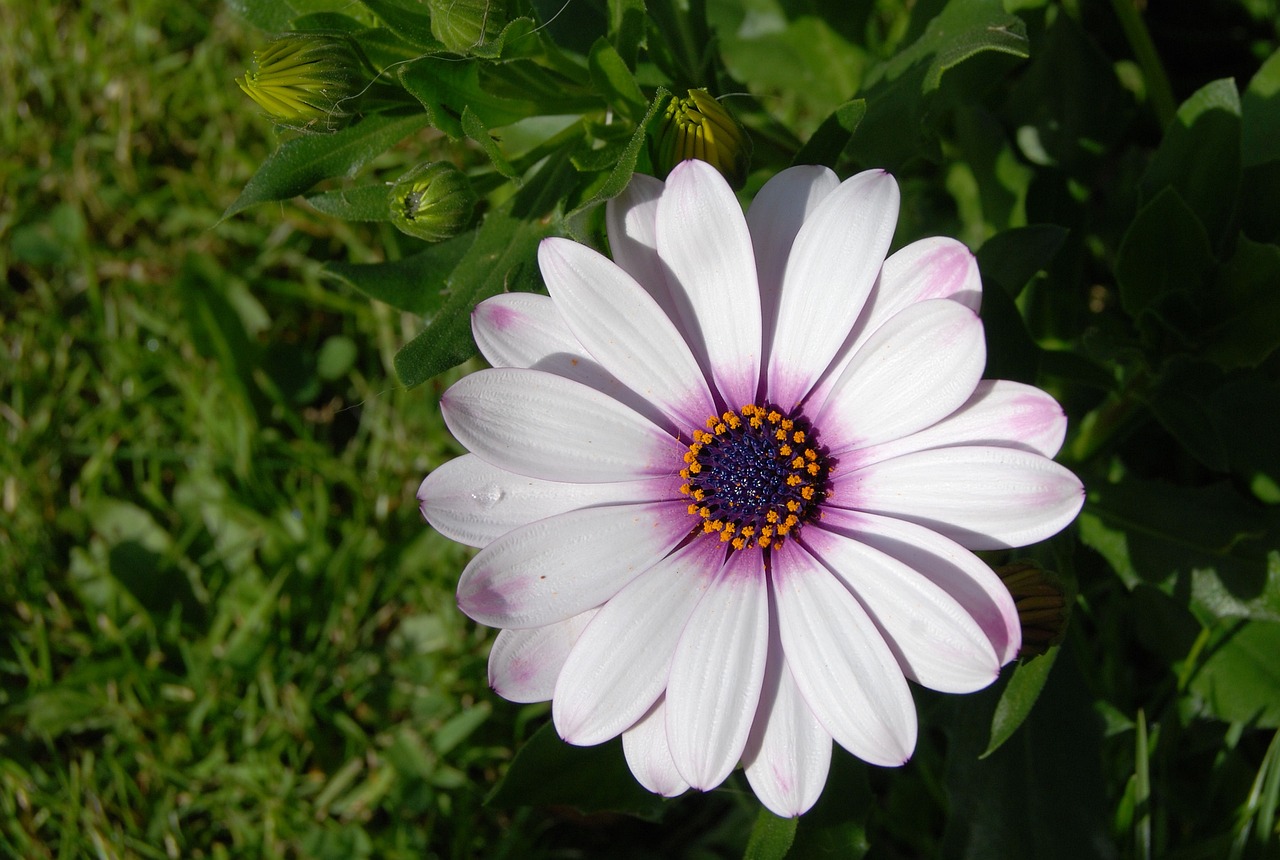
I introduce Osteospermum, a perennial or annual plant that is loved for its vivid colors and long-lasting blooms. It is cherished by gardeners of all levels, from beginners to experts, and can be enjoyed in various ways such as in gardens, pots, and mixed plantings.
In this article, I explain the basic information, cultural and historical background, and essential tips for growing Osteospermum.
Basic Information
- Scientific name: Osteospermum spp.
- Family: Asteraceae
- Origin: South Africa
- Appearance: The flowers resemble daisies, available in a wide range of colors including white, pink, purple, orange, and yellow. The contrast between the darker center and the bright petals is characteristic. The leaves are deep green and slightly elongated.
- Blooming season: From spring to early summer, and again in autumn. The plant may pause during hot summers but resumes flowering when the temperature cools.
Cultural Significance Around the World
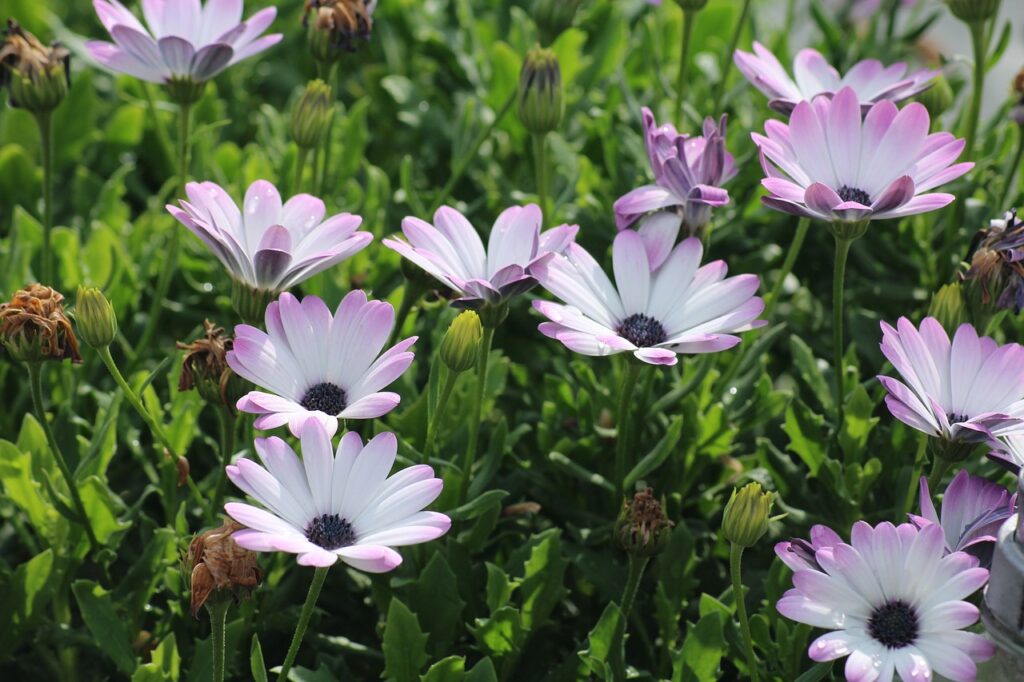
Osteospermum, often called “Sunshine Daisy” or “African Daisy,” is beloved in South Africa as a vibrant feature of everyday landscapes.
In South African gardens and parks, its drought tolerance makes it ideal for large flowerbeds and landscaping projects.
In Europe, it is widely cultivated as a seasonal flower that brightens summer gardens, often used in decorations for garden parties and picnics.
In Mediterranean regions, it is valued as an easy-to-grow plant even in arid areas.
Historical Background
Osteospermum was introduced to Europe in the late 19th century, where its bright colors attracted the attention of gardening enthusiasts.
While the early cultivated varieties closely resembled the wild species, the 20th century saw the development of improved hybrids with diverse colors and stronger resilience.
By the 1960s, heat- and cold-tolerant varieties were created, making the plant suitable for cultivation in regions such as North America and Australia. This progress established its global presence in gardens and urban landscaping.
Gardening Advice
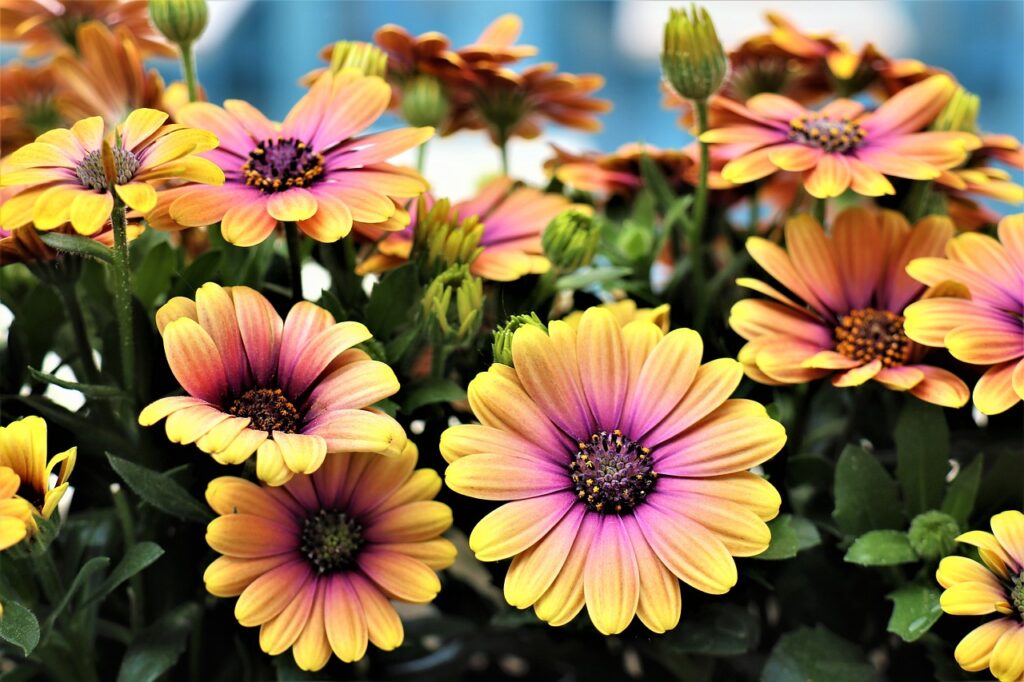
Osteospermum is hardy and low-maintenance. Here are the main points for cultivation:
Sunlight
Prefers full sun. Partial shade is possible but may reduce the number of flowers.
Watering
Water thoroughly when the soil surface dries. Ensure good drainage to avoid root rot. While drought-tolerant, do not let it dry out completely.
Soil
Well-drained, nutrient-rich soil is best. Mixing sand or pumice into standard potting soil is effective.
Fertilizer
Apply liquid or slow-release fertilizer every two weeks during growth seasons (spring and autumn). Avoid fertilizing in summer and winter dormancy.
Pruning
Deadhead spent flowers to encourage new blooms. Cut back overgrown stems to maintain a neat shape.
Overwintering
Some varieties tolerate cold, but in frost-prone areas, grow them in pots to move indoors or protect the roots with mulching.
Conclusion
With its cheerful and vivid colors, Osteospermum brings brightness to gardens and containers.
Its resilience and ease of care make it an excellent choice even for beginners. I encourage you to include Osteospermum in your gardening and experience its charm.


